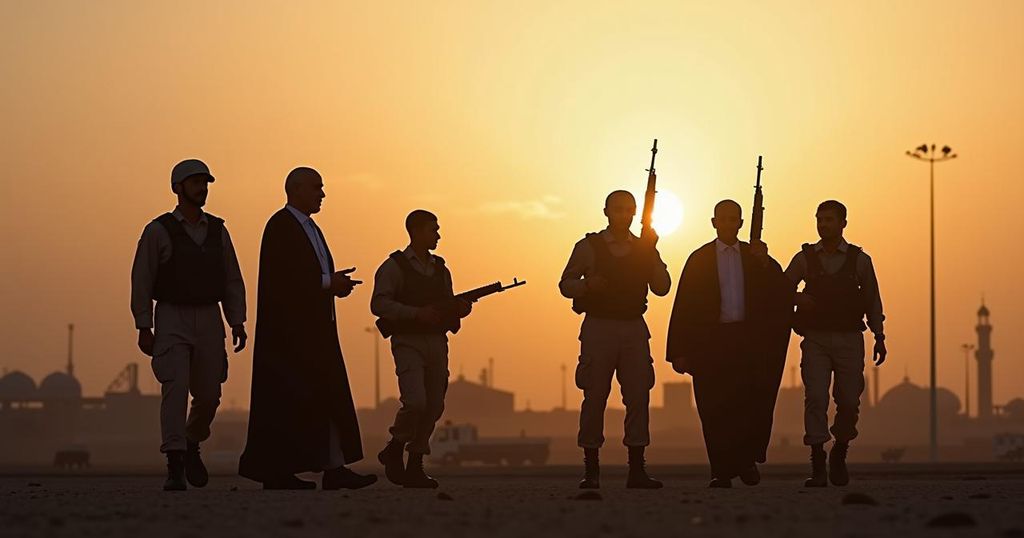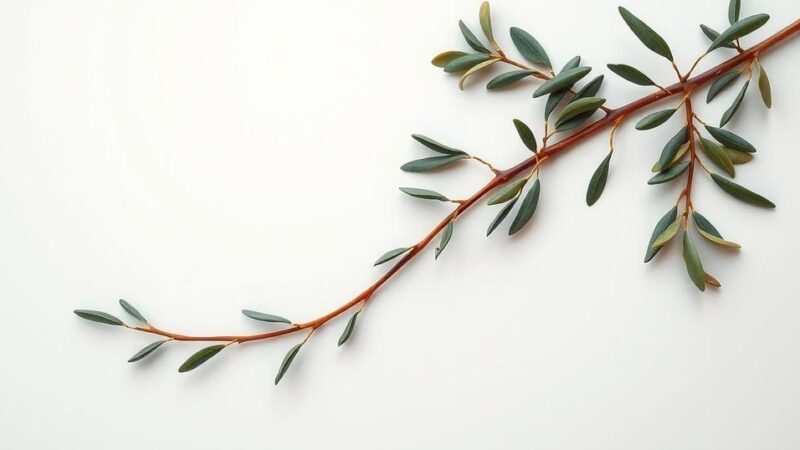Iran’s President Masoud Pezeshkian is traveling to Qatar to engage in diplomatic discussions and participate in the ACD Summit, while Iran strengthens military collaboration with Oman through joint exercises aimed at enhancing combat readiness. These developments reflect Iran’s strategic efforts to solidify its influence in the Middle East amid ongoing tensions with Israel and align itself with supportive nations.
Iranian President Masoud Pezeshkian is scheduled to visit Qatar on Wednesday, according to Iranian state media reports. Following his recent return from the UN General Assembly in New York, where he was accompanied by a significant delegation from Iran, Pezeshkian has resumed a series of international meetings, highlighting Iran’s efforts to strengthen its diplomatic relations amid ongoing hostilities in the region, particularly directed towards Israel. During his visit to Doha, Pezeshkian will engage with the Emir of Qatar and participate in the 19th Asian Cooperation Dialogue (ACD) Summit. His trip, lasting two days, comes at the Emir of Qatar, Sheikh Tamim bin Hamad bin Khalifa Al Thani’s official invitation, during which a high-level meeting and a signing ceremony of cooperation agreements will take place, as reported by state media. Qatar, often viewed as a supporter of Hamas and increasingly critical of Israel, has become an important player in the geopolitical landscape of the Middle East. The U.S. and Western nations have sought to have Doha facilitate ceasefire negotiations between Hamas and Israel, but these efforts are seen as increasingly difficult. Iran’s pursuit of closer ties with Qatar reflects a broader regional strategy, aligning itself with Turkey, Russia, China, and other entities against Israel. Additionally, President Pezeshkian’s attendance at the ACD, a platform that aims to integrate all Asian nations without opposing existing organizations, underscores Iran’s broader ambitions in fostering collective regional cooperation. Iran has also been deepening ties through organizations such as BRICS and the Shanghai Cooperation Organization (SCO), which aligns with its goal of strengthening relations with China and Russia. Notably, amidst President Pezeshkian’s diplomatic engagements, Iranian state media announced significant military collaboration with Oman, initiating the first joint ground training exercises named Mountain Falcons 1 (Saqour al-Jabal 1) in the Oman province of Jebel Al-Khader. This military exercise involves both Iranian and Omani ground forces, supported by the Omani Air Force and Police, aiming to enhance combat readiness and operational capabilities. Iran and Oman have fostered a relationship characterized by neutrality in regional disputes, with Oman previously serving as a diplomatic bridge for various countries. This partnership has grown stronger, particularly during regional crises that have seen other states cut ties with Qatar. While Oman has historically been positioned as a peaceable nation amidst regional tensions, its collaboration with Iranian forces could present challenges, particularly in light of Iranian influence in the region, especially concerning security dynamics with the Houthis in Yemen. Overall, these developments indicate Iran’s strategic maneuvers aimed at bolstering its geopolitical presence through diplomacy and military cooperation, reflecting its broader objectives amid a volatile regional landscape.
Iran is actively involved in the complex diplomatic and military dynamics in the Middle East, where it aims to strengthen alliances with nations like Qatar and Oman while countering perceived threats from Israel. The recent return of President Pezeshkian from international forums highlights Iran’s commitment to asserting its influence through varied channels, including economic alliances like BRICS and the Shanghai Cooperation Organization. Understanding Iran’s regional role requires an examination of its connections with other nations and its ongoing military and political strategies.
In conclusion, Iranian President Masoud Pezeshkian’s trip to Qatar and the joint military exercises with Oman signify a robust strategy by Iran to reinforce its diplomatic networks and military readiness amid regional tensions. Through these engagements, Iran not only aims to bolster its security but also to expand its influence in the geopolitical landscape. This approach marks a continuation of Iran’s efforts to navigate its foreign relations effectively while promoting an agenda that often clashes with Israeli interests.
Original Source: www.jpost.com






